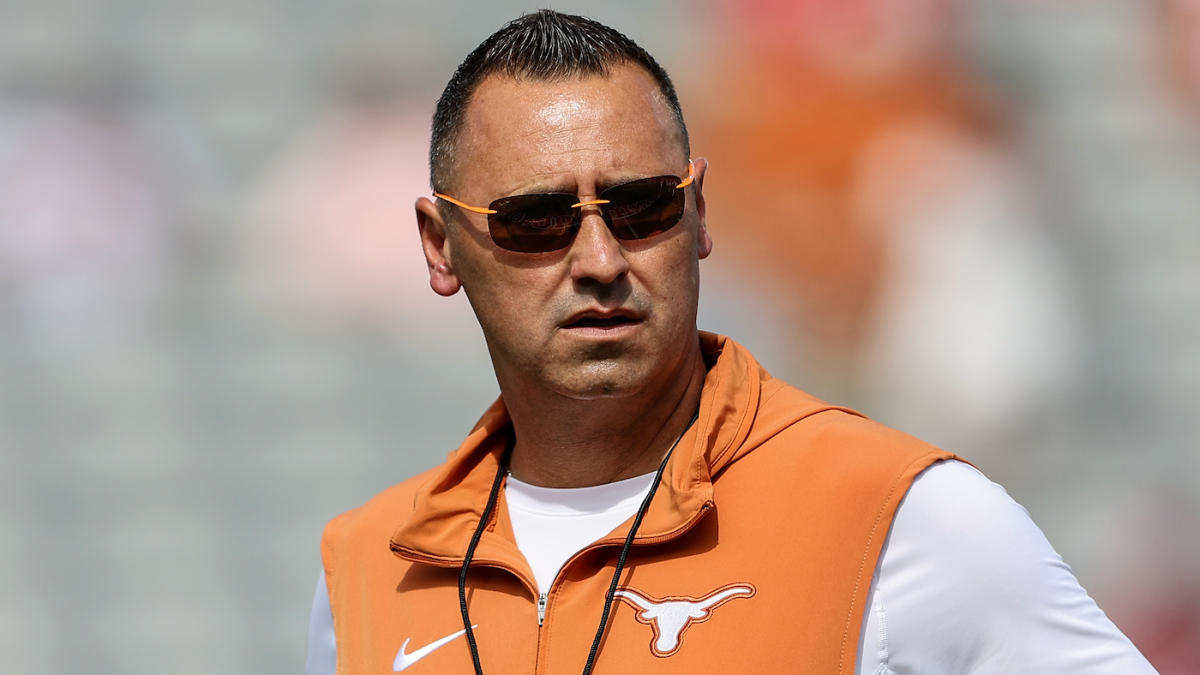The Evolving Landscape of College Football: NIL, Salary Caps, and the Future of the Game
The NIL Revolution: A Double-Edged Sword
The introduction of Name, Image, and Likeness (NIL) deals has transformed college football, creating both opportunities and challenges. On one hand, NIL allows athletes to monetize their personal brands, a long-overdue recognition of their contributions to the sport. Players can now earn money through endorsements, social media promotions, and other ventures, providing them with financial security and the ability to build their personal brands.
However, the NIL era has also brought about significant concerns. The influx of money has led to accusations of “pay-for-play,” where schools use NIL deals as inducements to attract top talent. This has raised questions about the integrity of the recruitment process and the potential for exploitation. The lack of standardized regulations has created an uneven playing field, with wealthier programs able to offer more lucrative deals, further widening the gap between the haves and have-nots.
The Salary Cap Debate: Balancing Competition and Fairness
The discussion around a potential salary cap in college football has gained momentum as NIL deals continue to grow. A salary cap would limit the amount of money a school can spend on its entire roster, aiming to level the playing field and prevent financial dominance by a few elite programs.
Proponents argue that a salary cap is necessary to maintain competitive balance and ensure the long-term health of the sport. Without regulation, the financial disparity between programs could lead to a two-tiered system, where only a handful of schools can compete for championships. A salary cap would promote fairness and encourage a more diverse range of teams to succeed.
However, critics point out that implementing a salary cap in college football is complex. Unlike professional sports leagues, college football operates under the oversight of the NCAA, which has historically resisted strict financial regulations. Additionally, the decentralized nature of college football, with its numerous conferences and independent programs, makes uniform enforcement challenging.
The Role of Coaches in the New Era
Coaches like Steve Sarkisian of the Texas Longhorns are at the forefront of this evolving landscape. They must navigate the complexities of NIL, manage player expectations, and build competitive teams while adhering to ethical and financial guidelines.
Sarkisian’s approach reflects a balance between embracing the new financial realities and maintaining the core values of the sport. His contract extension and raise by the University of Texas System Board of Regents highlight the confidence in his ability to lead the Longhorns through this transitional period. However, his success will depend on his ability to integrate NIL deals with team cohesion, academic success, and player development.
The Importance of Player Development
While financial aspects have become more prominent, the enduring values of college football remain crucial. Teamwork, discipline, and the pursuit of excellence are essential components of a successful program. Coaches must ensure that NIL deals do not overshadow the importance of academic success, personal growth, and the development of life skills.
A holistic approach to player development is necessary. Athletes should be prepared not only for their careers on the field but also for life beyond sports. This includes fostering academic achievement, teaching financial literacy, and providing mentorship to help players transition into successful careers after their athletic endeavors.
The Future of College Football
College football stands at a critical juncture. The decisions made by coaches, administrators, and governing bodies in the coming years will shape the future of the sport. The introduction of NIL and the potential implementation of a salary cap present both opportunities and challenges.
Steve Sarkisian and other leaders in college football must navigate these complexities with a focus on maintaining the integrity of the game. They must balance the financial realities of NIL with the enduring values of teamwork, discipline, and player development. The choices made today will determine the trajectory of college football for years to come.
Conclusion: A New Era of Responsibility
The future of college football is being written in this era of unprecedented change. The game has evolved, and with it, the responsibilities of those who lead it. Coaches like Steve Sarkisian must adapt to the new landscape, embracing the opportunities presented by NIL while upholding the core values that have defined the sport for generations.
The journey is far from over, and the destination remains uncertain. However, one thing is clear: the future of college football will be shaped by the choices made by leaders in this transformative period. The game has changed, and how coaches adapt will write the next chapter. The responsibility lies in their hands to ensure that the sport remains a beacon of excellence, fairness, and opportunity for all who participate.

